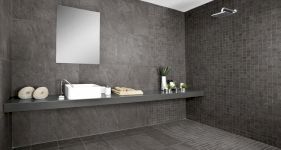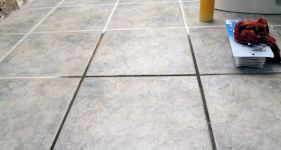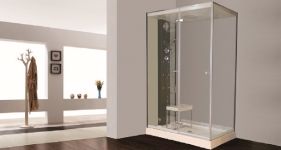How to Fit a Shower
Do you want to install your own shower? This guide will explain the tools, materials and safety equipment you need as well as breaking down how to fit a shower in 15 easy steps.
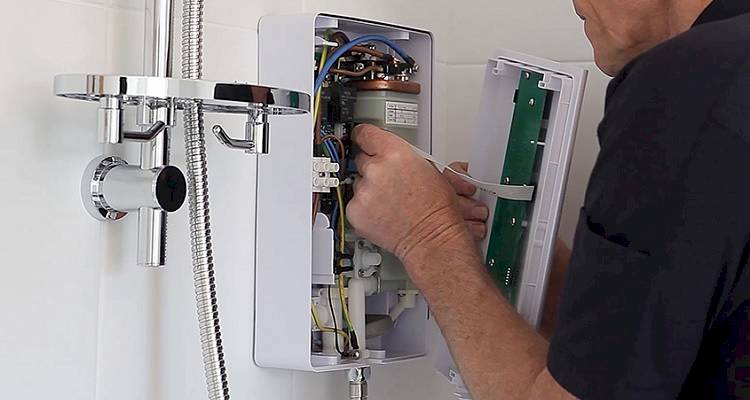
Table of Contents
What Tools Do I Need to Fit a Shower?
Before you learn how to fit a mixer shower, you should equip yourself correctly with the following tools, these will allow you to carry out the job correctly and professionally:
- Water Pump Pliers
- Adjustable Spanner
- Drill
- General Purpose Bit
- Pencil
- Small Spirit Level
- Spirit Level
- Copper Pipe Cutter
- Screwdrivers
- Tape Measure
- Pipe Guide
You can source these from your local DIY store or online.
What Safety Equipment Do I Need to Fit a Shower?
It’s always important to complete any DIY job as safely as possible, and it’s recommended when fitting a shower to use the following safety equipment:
- Eye goggles
- Face mask
When drilling, especially thought tiles, it’s best to use eye goggles and a face mask. This is so no stray debris can damage your eyes, and you don’t inhale any taxic fumes.
What Materials Do I Need to Fit a Shower?
As well as tools, you will also need the following materials that will form the basis for your mixer shower.
Please gather these materials:
- Concealing Plates
- Shower Controls
- Shower Head and Flexi Hose
- Wall Brackets
- Filter Washers
- Rail
- Masking Tape
- Drill Plugs
- Hose Retainer
- Top Bracket
- Middle Bracket
- Soap Holder
You can purchase the above tools at your local DIY store or online.
How to Prepare for Fitting a Shower
Before installing a shower, ensure that any work, such as tiling, installing water pipes and fitting a shower try, have been completed entirely.
It’s also important to consider where your shower can be installed within your bathroom, if you’re replacing a shower, this won’t be so necessary, but if you moving or installing a shower in an entirely new location, it’s critical to know the shower you’ve purchased will fit in the location of your choice.
As a safety measure, you can use an electric device to detect any electrical wires or pipework hidden in the walls before drilling.
Lastly, make sure the water mains are turned off before beginning any work.
How to Fit a Shower Yourself - Step by Step Guide
Before you begin fixing your electric shower, please ensure you turn off your water supply.
Step 1
Firstly you will need to measure the distance between your pipes. To do this, take your pipe guide, place this between your pipes, this will hold and secure the pipes into position. Now you can use your tape measure to calculate the distance between the pipe supply.
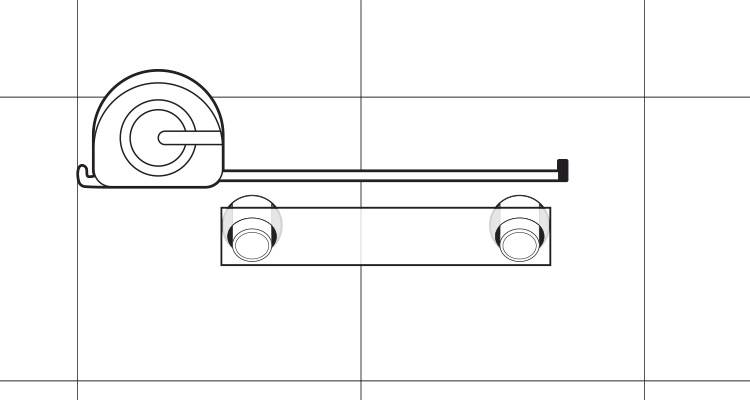
Step 2
Secondly, leaving the pipe guide in place, use the wall brackets and place them over the two pipes. You will notice the areas for the screws, take your pencil and mark through the holes to use as a guide for drilling.
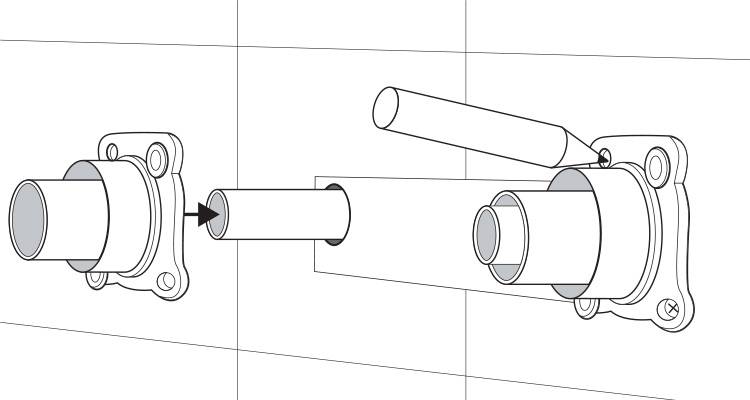
Step 3
You may now remove the wall brackets and the pipe guide from the pipes.
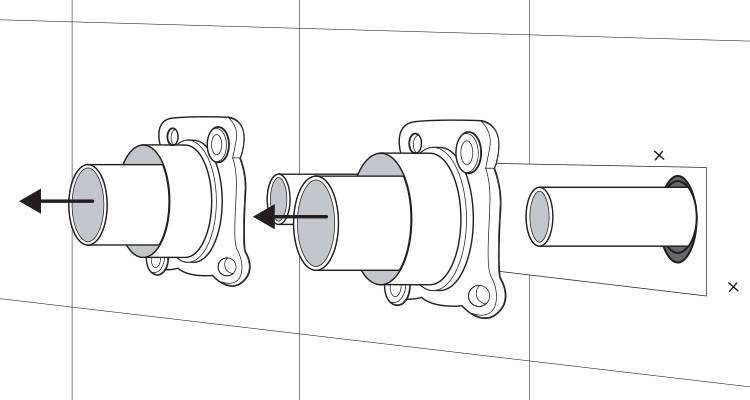
Step 4
Cover the tiled area around the pipes with masking tape. This is to prevent the drill from slipping when using. The use of masking tape also allows you to see the marks you have just created.
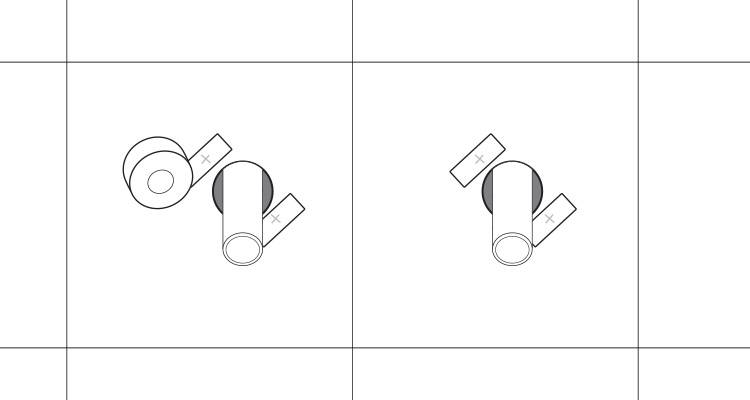
Step 5
Before using your drill, you will need to check the settings and ensure the ‘Hammer Action’ is switched off.
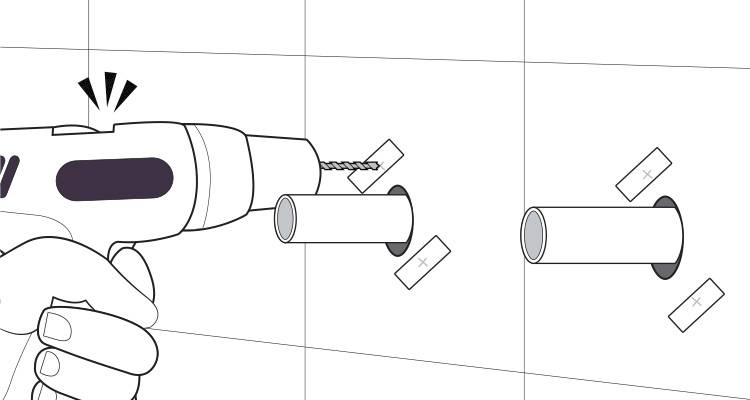
Then, using the markings as your guide, drill two holes around each pipe, around 2-3 mm deep.
Step 6
You will then need to tap plugs (2-3mm) into the drilled holes. This will help avoid any tile cracking.
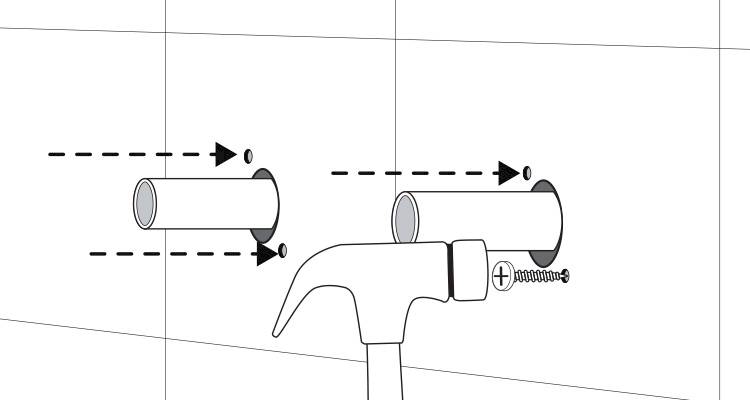
Step 7
Place the wall brackets back over the two pipes. Then using a pen, mark up the end of the pipe where it meets the wall bracket edging. We advise marking slightly back from the line to allow some room for the filter washer. Once marked, remove the wall brackets.
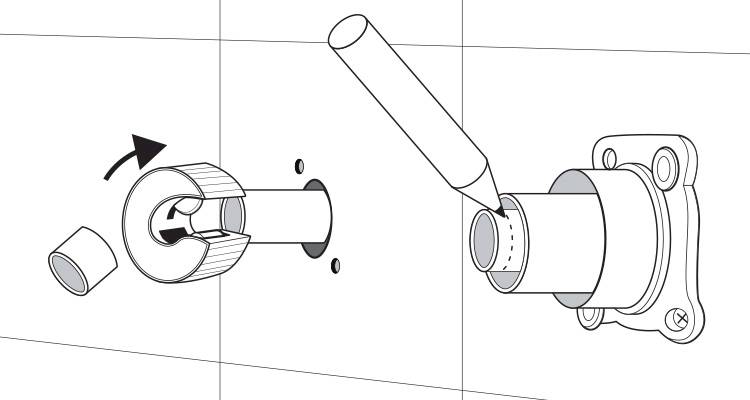
Take your pipe slice, and use the mark you have just made to trim the end of the pipe. Please follow the manufacturer's instructions.
Step 8
You can now place the wall brackets back into place over the pipes, and fix into place using a screwdriver and screws.
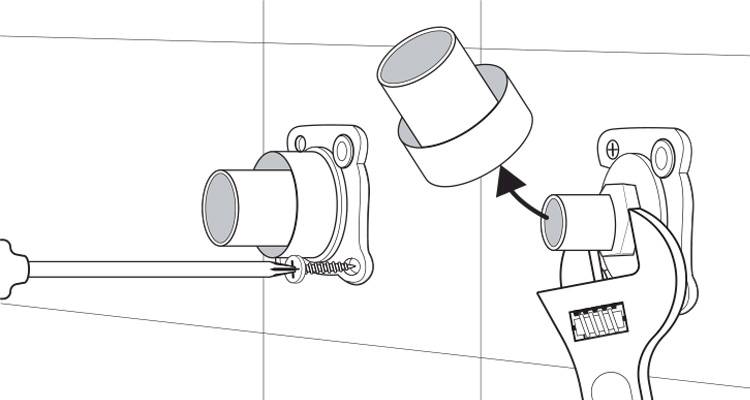
Using your adjustable spanner, tighten around the edge of your bracket and pipe to tighten. This creates a seal.
Step 9
Take the covers and fix them using the retaining screw in the top corner.
Place a small spirit level on top, to check that your covers are level. Use your adjustable spanner to adjust the covers to ensure they are level.
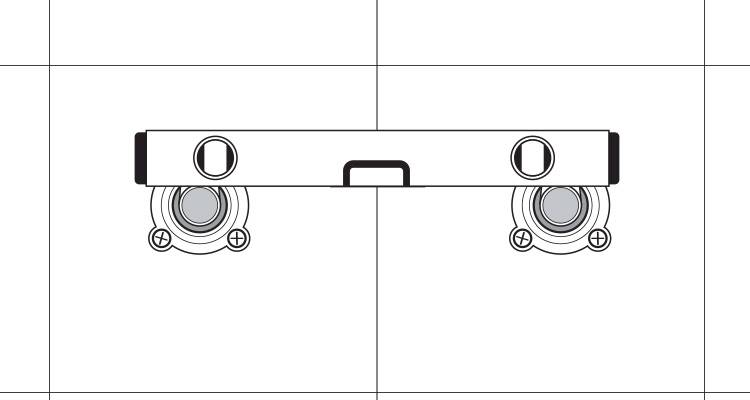
You can now fix the sealing ring and fix again using the final retaining screw in the lower left corner.
Step 10
It’s now time to flush the system, to do this turn on the hot and cold taps, this will flush out the pipework. Use a bucket to ensure any water spillage is caught from the pipes.
Once the system is flushed, cover the wall fixings with your concealing plates. To do this, simply turn the concealing plates over the wall brackets.
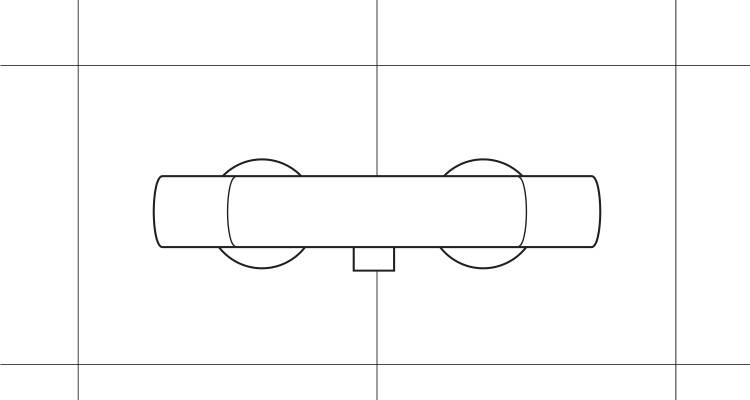
You can then place the filter washers on the end to adjoin the covering. You need to fix a coupler onto each pipe and fit the thermostatic mixer valve. Take your adjustable spanner to tighten. It is at this point you should check for any leaks by turning on the hot and cold taps.
If there are no leaks then you are now safe to then fit the chrome pipe trims and re-fit the mixer valve. Be cautious to check that your chrome pipe is level, using a spirit level. After this you should use a spanner to tighten.
Step 11
Take your hose retainer, slide on the middle bracket to the middle, then on either end, slide the soap retainer and top bracket.

You will need to position this according to the height of the tallest person in your home. Then once happy, mark out the position of the lowest bracket on the wall using a pencil.
Step 12
Drill a hole into the wall in the correct position where you have marked the lowest bracket. As before, use a wall plug into the drilled hole, and then squeeze a spot of sanitary silicone sealant onto it.
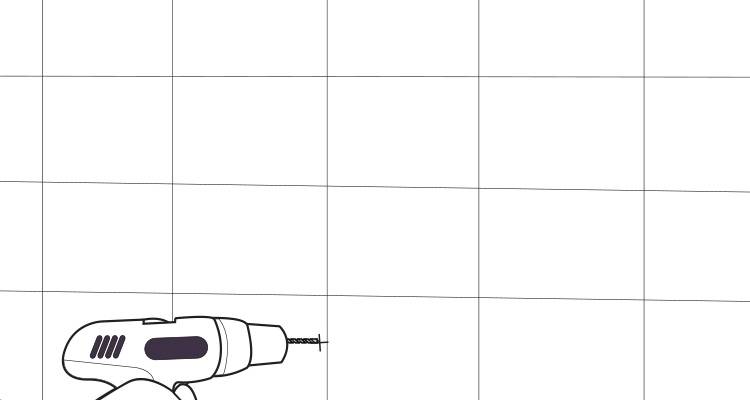
You can then remove the brackets from the hose retainer and fix the bottom bracket to the bottom hole you have just created using a screw.
Step 13
You will now need to position the top bracket. To do this place the hose retainer rail back into the bottom bracket and place the top bracket onto the top of the rail. Use a pencil to mark out the correct area for the bracket.
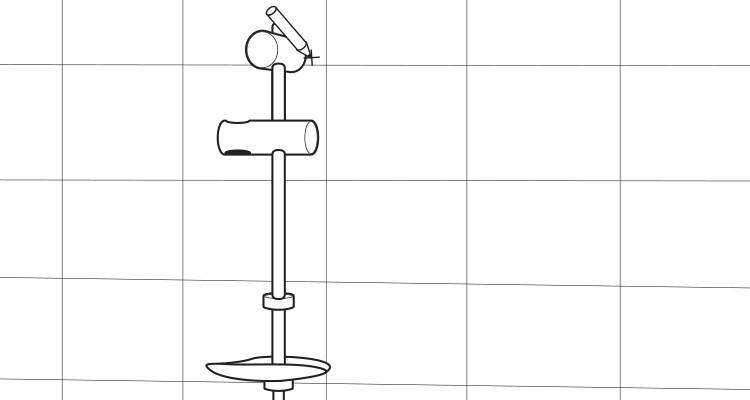
To ensure the rail is straight use a tape measure to check the rail will be vertical. You can also do this with a spirit level.
Step 14
Fix the top bracket, by drilling a hole and applying the wall plug, using the same technique as before.
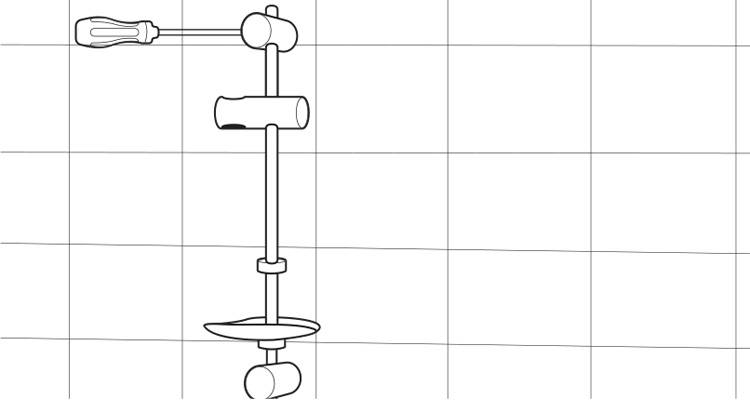
You can then go ahead a fit bracket covers over the top and bottom.
Step 15
Finally, attach the shower head to the chrome tap trim by twisting the end of the hose to the nozzle. Use the bolt to tighten.
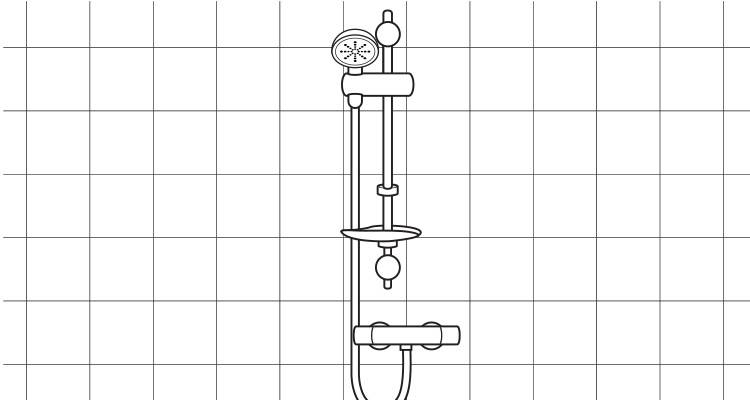
Use the same technique to fix the shower head to the other end of the hose and your electric shower should now be ready for use.
Shower Types
There are many types of showers available to you, it’s important you explore all options to allow you to decide which shower is right for your home.
Electric Shower
This type of shower will provide you with hot water at the flick of a switch. It works by drawing the cold water straight from the mains into the shower unit, which is then heated by an element. Another great advantage to the electric shower is that if you have any issues with your boiler, the shower will not be affected, leaving you to enjoy a hot shower. They are also controlled by a thermostatic control, allowing you to change the temperature to suit you.
Mixer Shower
This type of shower combines both hot and cold water, which occurs in the shower valve, and the temperature is regulated. One of the cons to this type of shower is you can experience loss of pressure of hot or cold water depending if someone is using a tap somewhere else in the hot.
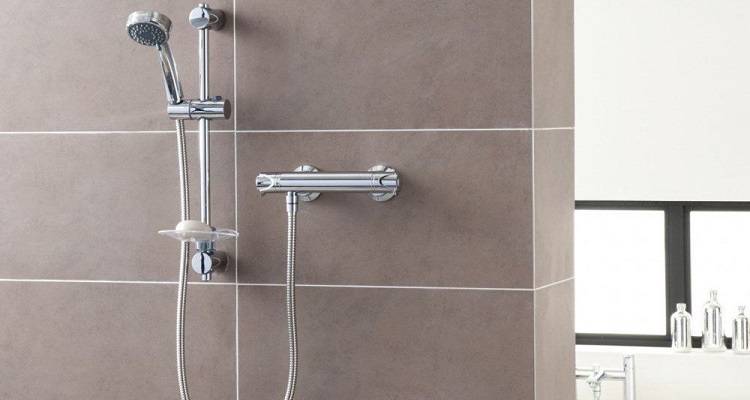
One of the pros to this type of shower is, there are a multitude of designs available to suit your design needs.
Power Shower
These types of showers can often be found in luxury spas and hotels and leave you feeling awake and refreshed. One of the pros to this type of shower is they are brilliant for your circulation and you can often purchase add on massage systems which are ideal for sore muscles. The downside to these showers in that they are not considered as environmentally friendly as other showers due to the water consumption levels.
Digital Shower
This type of shower is easy to use due it’s various settings making it ideal for any user.
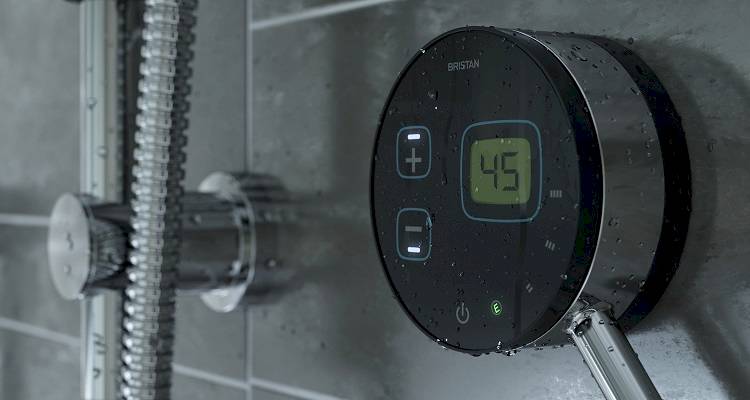
The settings on the shower are designed so that the user can select their ideal experience, ranging from a choice of temperatures, pressure and water output. It’s also considered eco-friendly!
Cleaning a Shower Head
Below are some easy steps so you know how to effectively clean your shower head.
- To clean your shower head, begin by removing the head from the hose. When doing this, take extra care to ensure you don’t lose the rubber washer from between the head and the hose.
- Fill a bucket with white vinegar and warm water ( 1 part vinegar to 1 part water)
- Place the shower head into the bucket and leave to soak for 1-2 hours.
- After this time, remove the shower head from the water and rinse in clean water.
- You can now use an old toothbrush and gentle scrub away any build up of limescale that resides on the shower head.
- Wash away any excess with water and dry with a cloth.
- You can now reattach your shower head.

